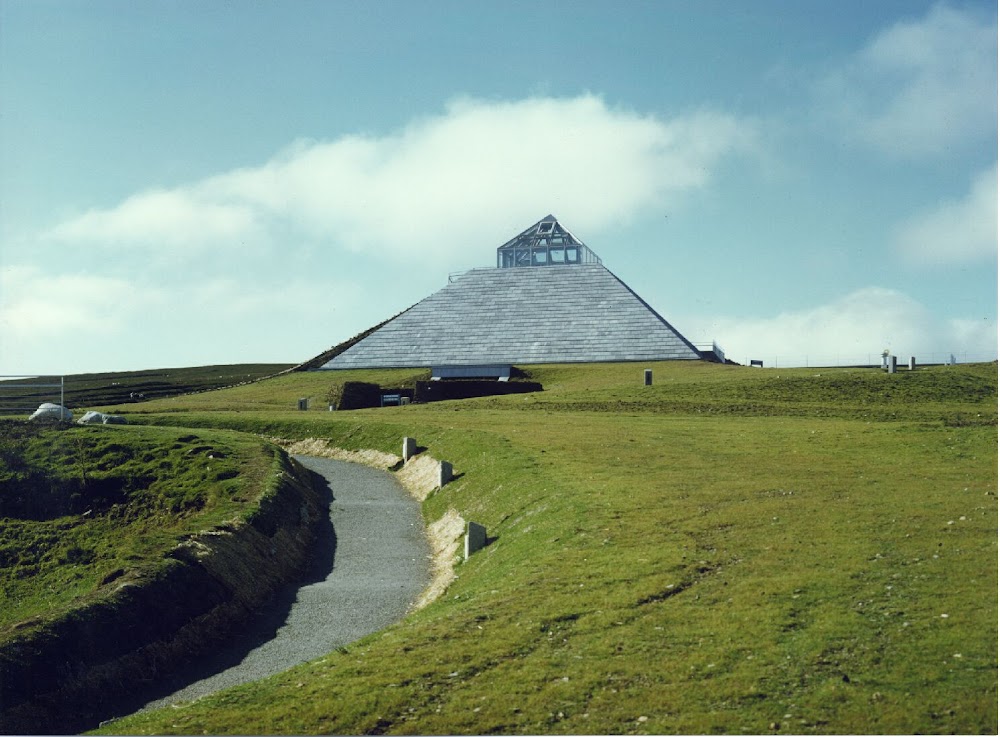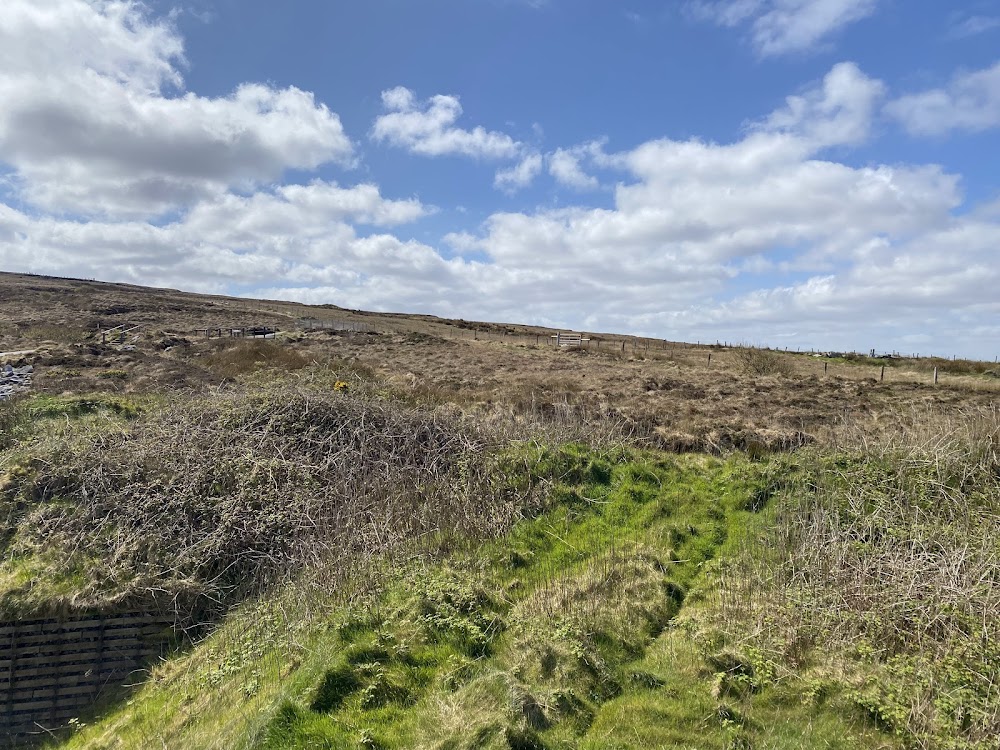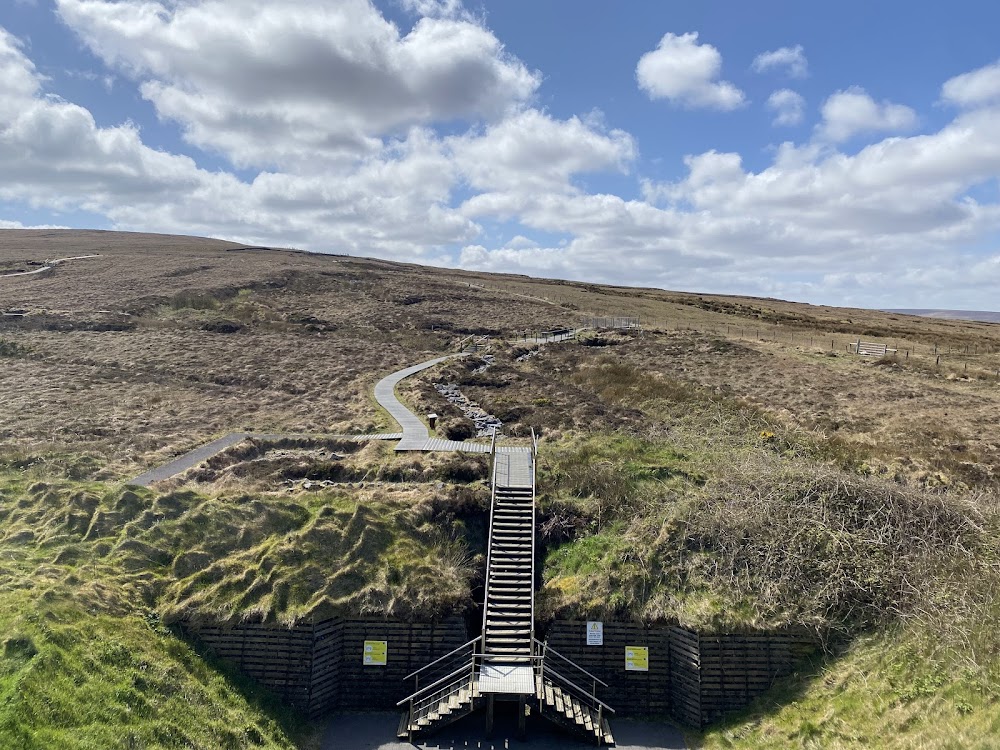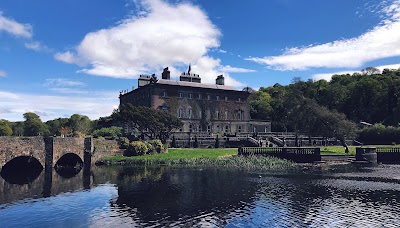Céide Fields (Achaidh Chéide)
Overview
Céide Fields is a remarkable ancient site located in County Mayo, Ireland. This archaeological wonder is renowned for housing the **oldest known field systems** in the world, dating back nearly 6,000 years to the Neolithic period. What sets Céide Fields apart is the extensive network of **stone walls**, **houses**, and **tombs** that have been remarkably preserved beneath the blanket bog.
The journey to uncovering Céide Fields began in the 1930s when local schoolteacher **Patrick Caulfield** stumbled upon a series of stone piles in the bogland that appeared too orderly to be a natural occurrence. His curiosity inspired his son, **Seamus Caulfield**, who became an archaeologist and led further explorations in the 1970s. Seamus and his team employed innovative techniques, such as probing with iron rods, to map out the layout of the ancient field system hidden beneath the bog.
The process of revealing Céide Fields was a meticulous endeavor. By inserting metal rods into the bog, they identified stones lying beneath the surface. They then systematically removed layers of the bog, uncovering an intricate network of **dry stone walls** that delineated rectangular fields used for farming by ancient settlers. These walls, some standing as high as four feet, defined clear boundaries and separated individual family plots from communal areas.
The ancient inhabitants of Céide Fields were adept farmers who cultivated the land and raised livestock. Evidence indicates they grew grains like **barley** and **wheat** and tended to animals such as **cattle**, **pigs**, and **sheep**. The layout of the fields was arranged in a grid pattern, with homes positioned nearby, showcasing a well-organized community structure.
Over the centuries, as the climate evolved, this once fertile agricultural land gradually transformed into peat bogs. The accumulation of peat played a crucial role in preserving the stone structures beneath, creating a time capsule that offers invaluable insights into Neolithic life. It's intriguing to realize how what initially seemed like a natural hindrance ultimately became a protector of historical treasures.
Visitors to Céide Fields can enhance their understanding of this ancient site at the **visitor center**, which features exhibits detailing the history and significance of the fields. The center includes an **interactive timeline** and displays a variety of tools and artifacts uncovered during excavations. Strolling along pathways that wind through the bogland, visitors can witness some of the exposed stone walls firsthand.
The work conducted at Céide Fields has made significant contributions to archaeology and our comprehension of early agrarian societies. By analyzing the flora preserved in the bogs, scientists have gathered vital information about the climatic and environmental conditions of that era.
Céide Fields provides a tangible connection to our distant ancestors, illuminating how their intelligence and resourcefulness enabled them to cultivate and organize their world. Despite the passage of time and the embrace of nature, Céide Fields stands as a powerful testament to human ingenuity and endurance.









